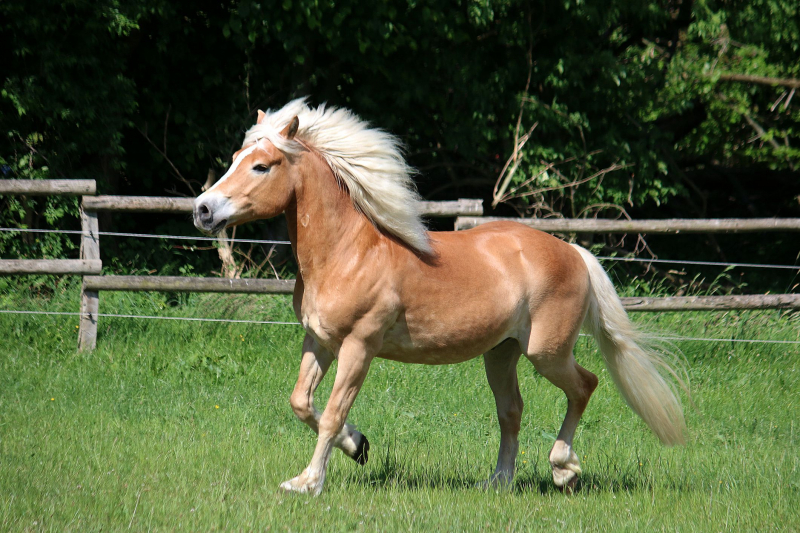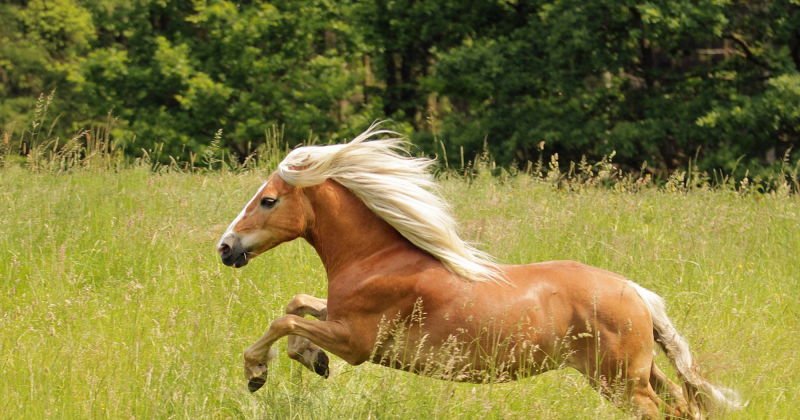Haflinger
The Haflinger, also known as the Avelignese, is a breed of horse developed in Austria and northern Italy (namely Hafling in the South Tyrol region) during the late 19th century. Haflinger horses have distinct gaits described as energetic but smooth, are well-muscled yet graceful, are often tiny, and are invariably chestnut with a flaxen mane and tail. The introduction of genes from Arabian and other European breeds into the original native Tyrolean ponies led to their current conformation and appearance. The Great Depression and both World Wars had a negative impact on the breed, and at times lower-quality animals were utilized to save the species from going extinct. Breeders concentrated on producing horses during World War II that were shorter and more draft-like, which were preferred by the military for use as packhorses. After the conflict, attention was drawn to larger, more highly developed creatures.
Haflingers can be used for a variety of activities, such as light drafting, harness work, and other under-saddle sports like therapeutic riding, endurance riding, dressage, and equestrian vaulting. The German and Austrian troops continue to employ them for tasks in difficult terrain. The World Haflinger Federation, an association of 22 national registries that oversees breed standards for the Haflinger, assists its member organizations in establishing breeding goals, principles, and regulations.












